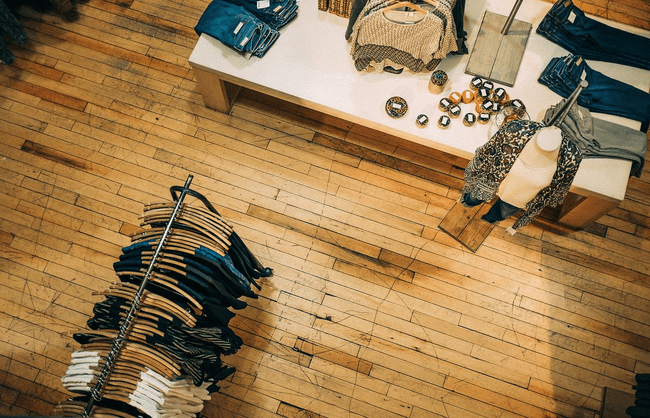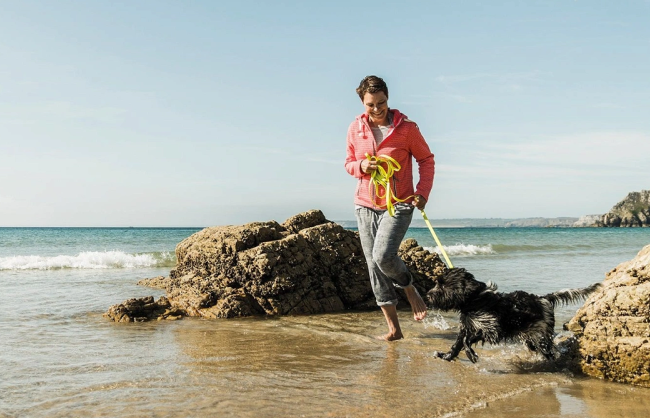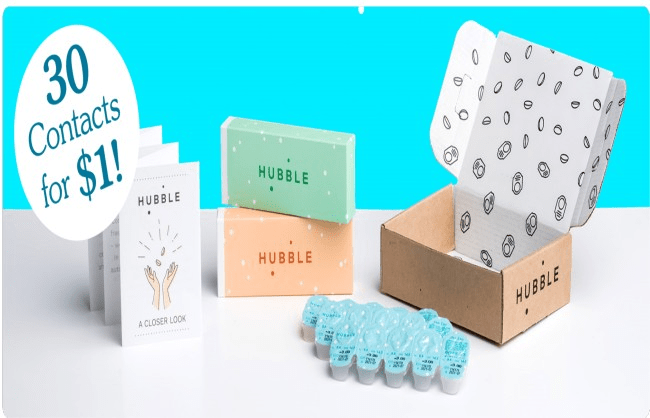Inspired by Origami, These Sustainable Clothes Grow With Your Child

The James Dyson Award had an interesting array of national winners this year. An outdoor vacuum cleaner for maintaining parks, kinetic furniture, and a buoy that becomes a natural part of the ocean environment were some of the standout ideas. One other creation that is catching lots of attention is a type of clothing that grows with children as they mature. This clothing has the potential to disrupt the fashion industry not just economically, but also on an environmental level as well.

Growing Pains
The James Dyson Award is an engineering student competition that recognizes novel design solutions to big problems. It currently operates in 23 countries and is open to current and recent design engineering students. One national winner this year took on a problem every family is familiar with — the rapid rate that infants outgrow clothes at.
It is normal for a child to grow by seven sizes in the first two years of his or her life. Of course, kids’ clothing retailers and makers don’t see this as a problem. Parents often find themselves paying similar prices to what they’d pay for themselves for a fraction of the fabric and limited use. In fact, parents spend an average of $2400 on a child’s clothing during this formative time.
However, parents aren’t the only ones paying the price. Mass garment production consumes colossal amounts of natural resources like water. Actually turning the fabric into clothes usually involves using extremely toxic dyes. It also produces an astounding amount of greenhouse gases.

24-year-old Ryan Yasin’s new clothing creation may solve these economic and environmental quandaries of children’s clothing. But his motivation started with that familiar growing pain. “My sister was having another baby, and he really inspired me,” the London-based postgraduate student explained, “I had sent him some clothes, and by the time he got them, he had outgrown them.”
Yasin enrolled at London’s Royal College of Art to pursue a career in fashion, but prior to this, he had already earned an aeronautical engineering degree. Yasin would end up utilizing engineering principles he learned at London’s Imperial College to create Petit Pli, his unique line of sustainable children’s clothing.
Functional is Fashionable
Petit Pli relies on a principle known as negative Poisson’s ratio. Materials with this ratio are known as auxetics. A prime example of this ratio in action is origami. When stretched, the clothing becomes thicker and can simultaneously expand in two directions. The opposite of this, positive Poisson’s ratio, is what most solids have. When they’re stretched in one way, they get thinner in other directions.

Leveraging negative Poisson’s ratio is a common practice in engineering, just not the fashion industry. It’s used in biomedical engineering, notably implants and stents. Yasin managed to apply it to a waterproof and machine-washable fabric through permanent pleating.
Basically, the pleats fold or expand together. The garments can fold up enough to fit in your pocket. Or they can expand to fit a child three months to three years of age. Heat treatment fixes the dimensions a little more permanently so they stay the same through wash cycles.

It took Yasin over 500 prototypes to get to the iteration he’s at now. But it has paid off. Not only could a child use his clothing for three years, but it’s completely made out of recyclable material. It is truly sustainable in the purest sense.
Fashions Fade, but Sustainable is Forever
Ryan Yasin is on a mission to make Petit Pli “the most advanced kids’ clothing in the world.” The $2,500 James Dyson national winners prize will be used to put the clothing into production. He’s currently discussing sustainable manufacturing methods with experts. Yasin’s also in talks with potential investors to expand the business. One potential partner is a major UK retailer. Yasin hopes to have Petit Pli on sale within a few months.
“It’s just great to have that backing and recognition of my solution,” Yasin says, “The prize money is an added bonus, but I know how I will use it. In addition to supporting my R&D, it will help me form an interdisciplinary team of experts to take Petit Pli to the next level: putting it in the hands of parents worldwide and making a tangible difference to the way we consume resources in the fashion industry.”

If his business venture is successful, one of Yasin’s other goals is to make sure everyone on the supply chain making Petit Pli possible is paid ethically. Petit Pli has the potential to help parents save thousands of dollars and alleviate the pollutive wastes from producing kids’ clothes. Yasin’s clothing is now in the international running for the final part of the James Dyson Award. The winner, announced in October, walks away with about $35,000 in prize money.
Want to dress a little more sustainable today? Check out our review for El’s Kobe Shoes. Want to make your fitness wear a little more high tech? See our reviews for the PolarSeal Heated Tops or the Lumos Helmet.
Sources: Quartz, Futurism, The Guardian, The James Dyson Foundation





